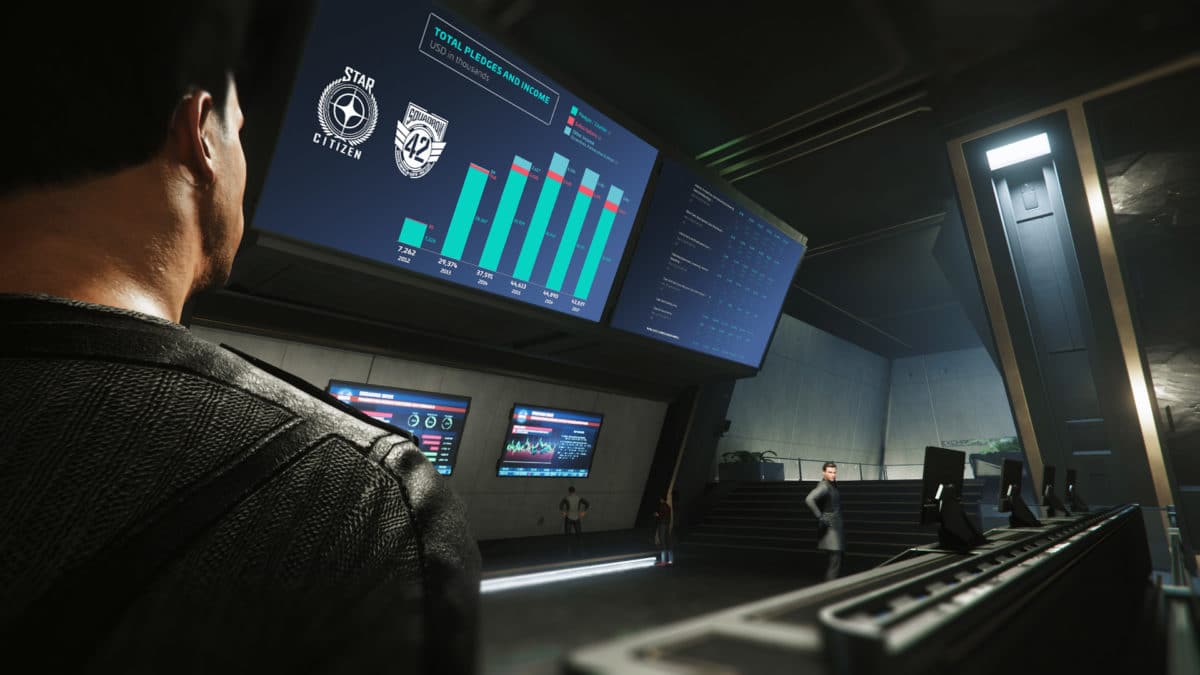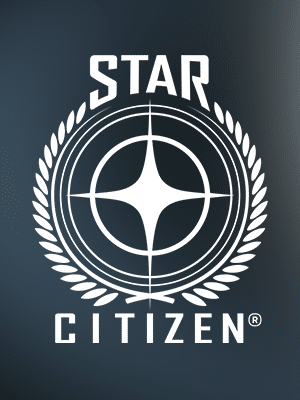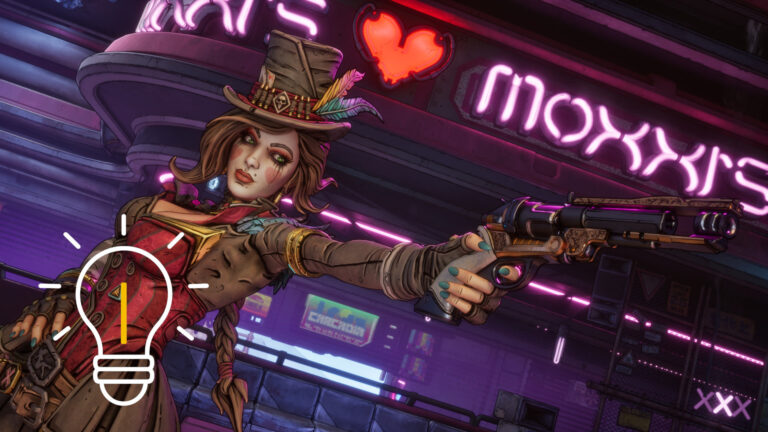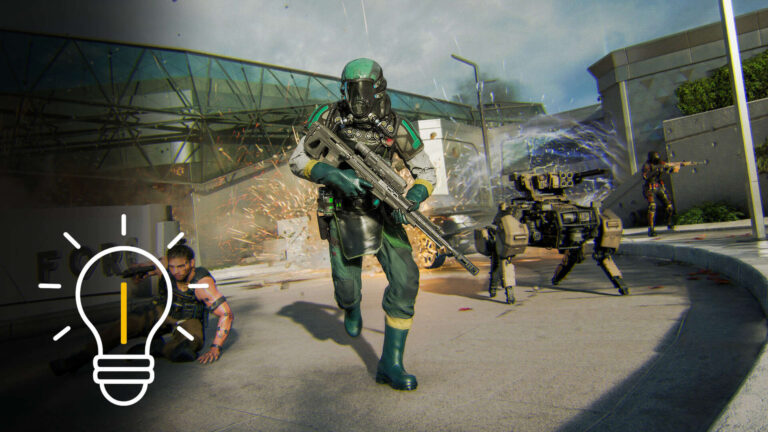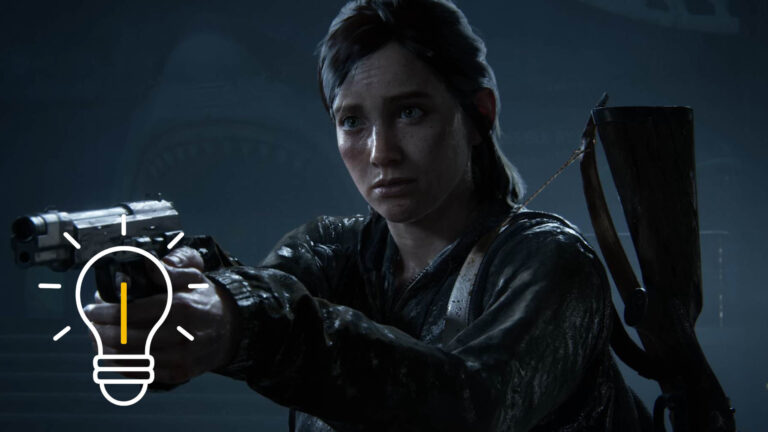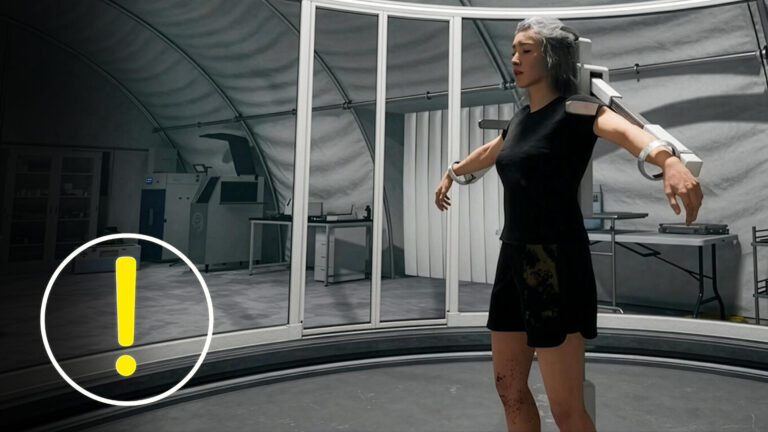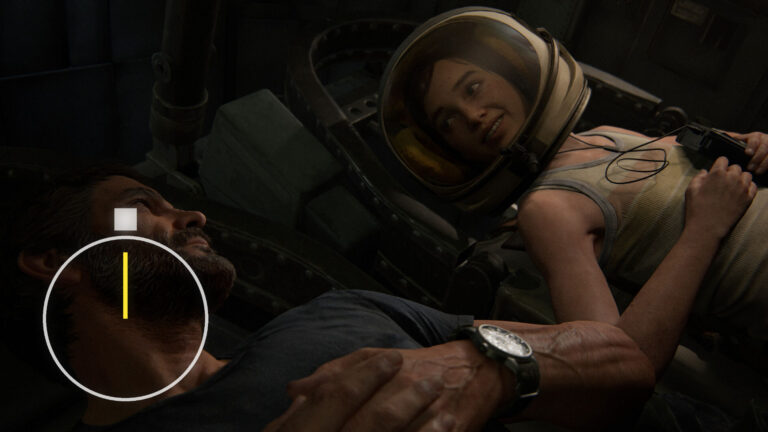Too long development time, too many features – can that work? We tell you about money and crowdfunding at the Star Citizen developer.
In this article we tell you
- What the current financial situation is like at Cloud Imperium Games
- Why the development of Squadron 42 is not yet further advanced
- Why Chris Roberts brought an investor on board
- What CIG’s finances for the next two years have to look like
- How many copies of Squadron 42 could finance two years of further development
The financing of the crowdfunding mega-project Star Citizen has always been the subject of more or less substantive discussions. More than 210 million dollars are currently being spent and frequently questions are asked: What actually happens with all the money? Is Chris Roberts laughing up his ass on a yacht in the Caribbean? Does developer Cloud Imperium Games (CIG) have enough money to realize their ambitious goals? How much money do they have left?
The guessing about the financial health of the studio, which we can read again and again in forums or on Reddit, have now at least partially come to an end: For the first time CIG voluntarily published a complete financial report for the years 2012 to 2017. Even though Roberts always states that he values total transparency, there is an additional point, which made the publication of the finances necessary. For the first time there is an investor who has bought shares of CIG.
Below we look at CIG’s financial situation, answer the question of whether we need to worry about Star Citizen and Squadron 42, why Roberts brought an investor on board and how much influence he has or could have in the future. We also estimate how many Squadron 42s will need to be sold to finance another two years of development.
All money goes into development
First of all: All support money goes (as Roberts always claims) into the development of Star Citizen. The figures presented by CIG prove this. Of particular interest is the trend in the number of employees, which has risen steadily over the years to a current level of over 500. There is no exact figure for 2018 yet, as the financial overview only goes up to and including 2017.
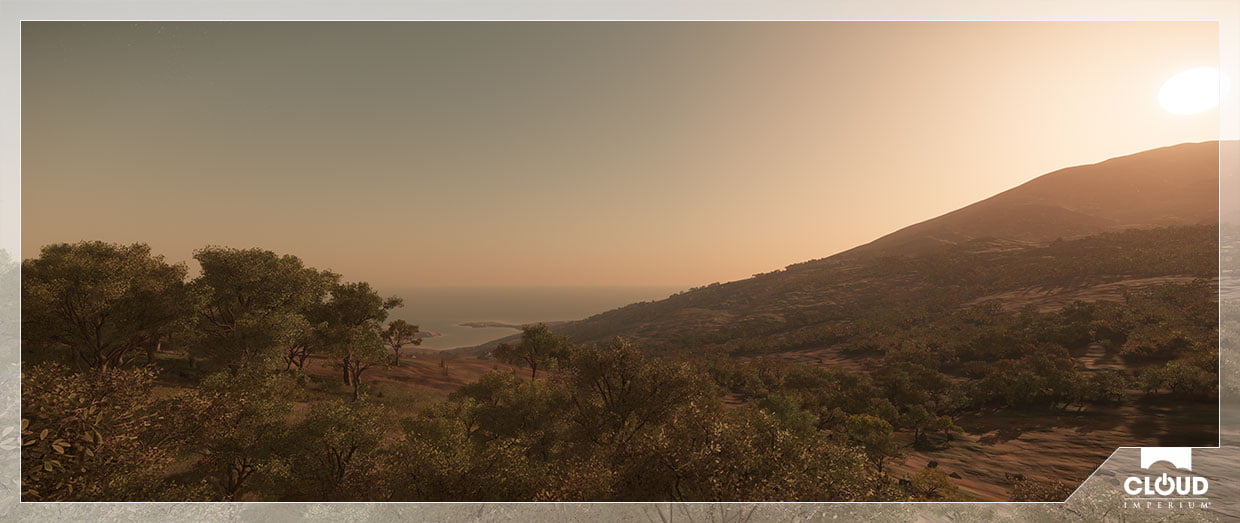
Also very informative is the development of expenses, which in the first few years was still strongly influenced by external contractors and has only returned to a “normal” level since 2016 due to the previous restructuring of CIG. With the exception of a few external contracted studios, such as the Canadian Studio Turbulent (developing, for example, the community platform Spectrum) or the cooperation with FaceWare (which provides the technology for Face Over IP), all development now takes place “in-house” – which of course ensures an efficient cost control.
At the same time, we see clearly how much money the development of two Triple-A games costs. Due to a significant surplus from 2013, CIG could afford to close 2015 and 2017 with over five million dollars in the red. The total carry-over to 2018 amounted to 14.2 million dollars.
Squadron 42: Why has development not progressed further yet?
In an interview I did with Chris Roberts for GameStar in early 2017, we talked about the fans’ concern that the money might not be enough. Roberts said: “First of all, we always keep a healthy amount of money in reserve, so if all the support would go down, we wouldn’t suddenly be unable to act. We plan the scope of the development based on what comes in monthly. I’m not worried, because even if there was no more money coming in, we would be able to finish Squadron 42. The revenue could then be used to complete Star Citizen.”
14 million dollars (as of the end of 2017) is certainly not enough to complete a single-player campaign that, according to the current roadmap for Squadron 42, is still completely in or even before whitebox phase. And shouldn’t the development of Squadron 42 be considerably further along? For CitizenCon 2016 the supporters expected a demo of the game. On stage Chris Roberts cancelled this demo, but said that all chapters were already at Greybox level and therefore completely playable.
However, the roadmap that has just been published shows us that none of the 28 chapters is yet in the greybox phase. A number of chapters are not even in the whitebox phase. We can only speculate about the reasons for this. Malicious gossip has it that Roberts deliberately lied for marketing reasons. But would more than 360 employees at that time have carried plain lies with them, without any information having reached the public?
We doubt that. However, at that time we already suspected that Squadron 42 had been extensively rebuilt. Maybe the work on the demo, the so-called Vertical Slice, showed that some things wouldn’t work as Roberts & Co. expected. Maybe the integration of the planetary tech wasn’t as easy as expected. At least partially it was started again from the beginning, so much seemed to be certain to us.
CIG can’t always start all over again
We (and apparently also some supporters) asked about this and CIG replied as follows:
» To quote one of the caveats listed on the Squadron 42 Roadmap: Quality will always be our number one goal. «
When we initially set out on this journey, we looked out at the gaming landscape and asked: can we do better? We continue to ask that question about everything we do. As a result, we will ALWAYS extend timelines or re-do features and content if we do not feel they are up to our standards. The freedom to fight for a new level of quality in game development is what crowdfunding has allowed us to do, and we will continue to fight to make sure Star Citizen and Squadron 42 are the best possible games they can be.
So, yes, we had the levels at the aforementioned stages, but we weren’t happy with how they looked/played. As the team expanded, we redefined and established a clearer and we believe much improved artistic direction for the game and its various locations. As a result of this, additional work had to be done to meet our new standards. What we have now is significantly better; the locations feel more real, with actual purpose to them, not just arbitrary corridors set up for FPS combat. This is the nature of iteration within game development, and we’re confident that this re-focus will result in a much better gameplay experience.”
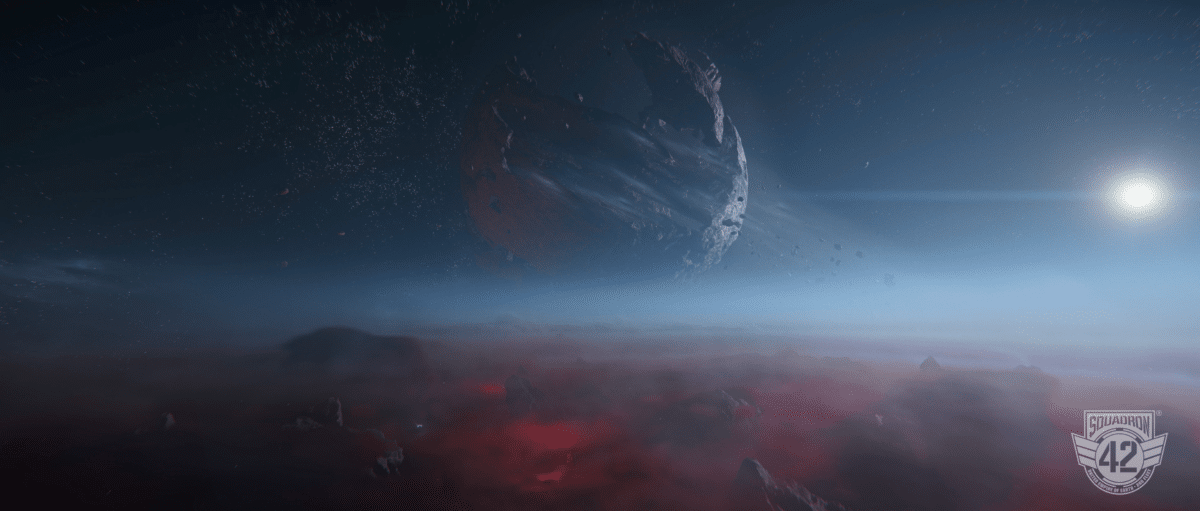
Now CIG can’t afford to constantly start from scratch. The introduction of planetary tech is, of course, a good reason, and the above comments by CIG also sound plausible – even if CIG has to be asked why they didn’t communicate this earlier. Whoever has been to Hurston these days in the Alpha of Star Citizen knows how overwhelming a complete planet in the game is and it is quite clear that Roberts also wants to have such a showcase in the single player campaign. Besides, nobody wants to get just generic levels: Squadron 42 is supposed to blow us away, according to the original and current promise.
Nevertheless, the developers have to finish their work at some point and obviously there is now a fixed timeframe, which should be completed by the end of 2020 or beginning of 2021. By the end of 2019, Squadron 42 should be “feature-complete,” as Roberts declared in an Around the Verse episode regarding the roadmap. A closer look at the roadmap reveals that this timeframe is still ambitious: Things like energy systems, cockpit interactions, the use of ventilation shafts and doors by the player and much more are still on the development or improvement list for next year.
Squadron 42: If needed, the ripcord will be pulled
While the core technologies should be ready by now and the plan sounds basically feasible, this clearly shows that Squadron 42 can certainly not be developed with the remaining financial resources. There is no back-up, no $40 million in a bank account that could cover the operation for another year if necessary.
Roberts explains in an interview with the English magazine Venturebeat that the planned scope would be cut if there were no further funds at all: “We’ve also set it up in a way that, if we’re seeing a drop-off, we’d scale back our development ambition.” This is unlikely, however, as there has not yet been a phase in development in which there has been no revenue, according to Roberts.
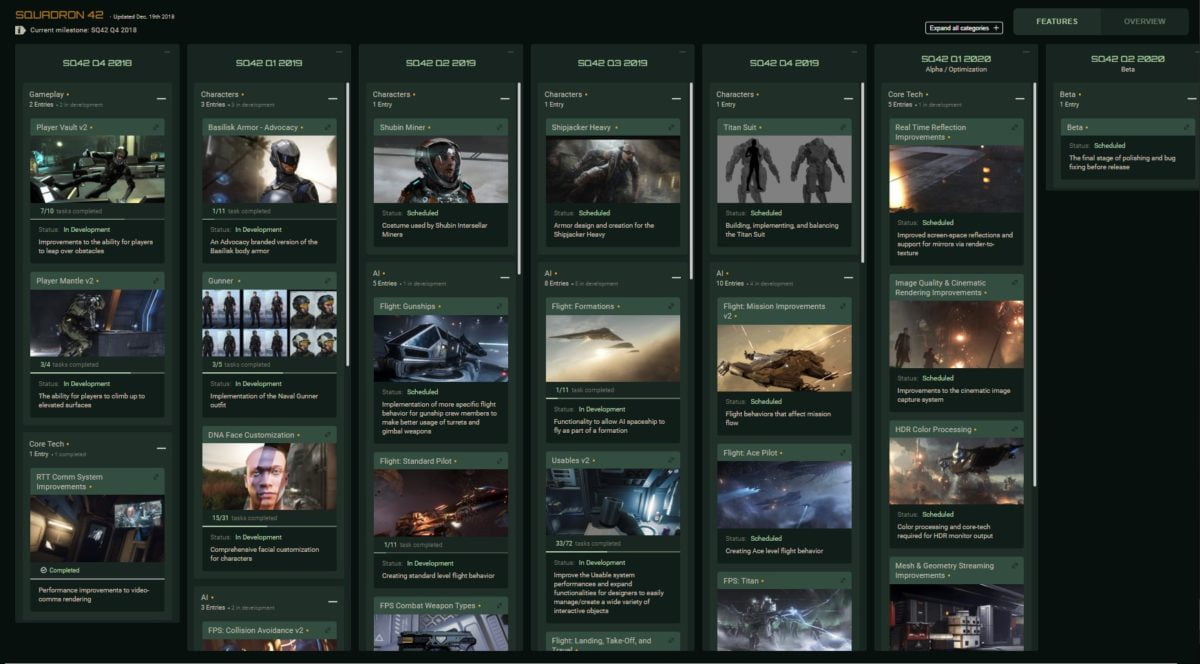
On the roadmap, we already see many feature iterations (v2, v3, v4), which confirms the theoretical possibility of a reduction to already existing development progress. Thus, there are already working versions of many features. Improvements or not yet started development work could be cancelled and the existing features could be poured into a (hopefully) working game. However, it has never been Roberts’ wish to offer only a second or third best solution.
Accordingly, CIG does not assume a worst-case scenario, but always plans a fiscal year on the basis of the past year, as Chris Roberts states to VentureBeat: “What we do is every year we forecast what we’ll be doing over the year, and that sets our spending targets. Generally, we’ve been incredibly accurate on our forecasts over the last four years. We maybe had two to five percent deviation from our forecasts, which is pretty decent.” So, CIG operates as any company does: the result of the last year(s) determine(s) the planning for the coming year. And of course, it makes little sense to leave a big amount of money lying around somewhere, because you are afraid of a financial drought period.
However, this also means a risk: The planned size and quality of Squadron 42 depend on the crowdfunding remaining reasonably stable over the next two years. Obviously, this is less worrying than it looks to non-experts at first glance: The figures of the last years do not only seem to please those responsible at CIG. Roberts has just attracted an investment of a whopping 46 million dollars.
Does marketing make games successful?
Roberts promised right from the start that all support money would go completely into development. The financial report shows that he has kept his word. Nevertheless, with Squadron 42 and Star Citizen, CIG doesn’t just want to occupy a niche, but become part of the global players in games industry. Roberts calls World of Warcraft, Activision and Electronic Arts when he talks about the CIG of the future.
For this purpose, he needs marketing money. Currently, CIG almost exclusively conducts viral marketing via the community. While the official website displays over two million citizens in the meantime, this is probably “only” the number of accounts created. How many individual supporters this number includes, CIG keeps a secret. Speculations (!) talk about 600-800.000 real supporters, the rest could be multiple accounts of individual supporters or maybe even accounts that haven’t even supported yet.
Anyway, every Star Citizen supporter knows at least one gamer in his circle of friends who either hasn’t heard of Star Citizen yet or only heard of it on the sidelines. A game achieves more popularity only through massive marketing. To put that in perspective:
According to Forbes magazine, Rockstar invested 128 million dollars in marketing in Grand Theft Auto 5 – while development expenses amounted to 137 million dollars. Result: In the first 24 hours after release Publisher Take Two Interactive earned 800 million dollars. However, this was based on a game series that had already been successful for a long time.
Publisher Activision is making even bigger investments in terms of marketing spending: According to an L.A. Times report, Publisher Activision invested in 2009 approximately $200 million in marketing, production and distribution on Call of Duty: Modern Warfare 2, while the actual production of the game is said to have only cost $40-50 million. Result: Within the first five days, Activision earned $550 million.
The development of Destiny, at that time a completely new game IP, is said to have been even more expensive: The total costs including marketing, production and so on are said to have amounted to about half a billion dollars – while the actual development only accounted for $140 million of the said budget. Result of this money battle? Destiny returned $325 million to Activision in the first five days of sales. For a completely new IP, a new game without popular predecessors (and exclusively for consoles), this was a big success.
Roberts: Marketing should not be financed by supporters
Destiny in particular offers insightful information regarding Squadron 42 and Star Citizen. CIG is also developing a completely new IP, a completely new universe. Enough has already been written about the technologies needed to make the ambitions of Roberts & Co. possible and we know that this basic work is mainly responsible for the development time so far.
But in order for this new game world to find a wide audience and not just occupy a niche, CIG has to engage in massive marketing that goes far beyond viral community work. In terms of Activision figures, CIG would ideally have to pump about double or even triple the development costs into marketing.

According to Roberts’ understanding, this is not possible using support funds, as they are reserved for development. „When we started the campaign for Star Citizen and Squadron 42, I said that the crowdfunding would go towards development of the game, and that the amount would define the scope and ambition of what we were working on,“ the CEO writes in an open letter to the supporters. „That is a commitment I am proud to say we have been upholding; its why we have over 500 staff around the world working on the games and have spent very little on marketing.“ Obviously, it can’t stay that way.
This is where Clive Calder comes in, a billionaire who founded the successful independent music publisher Zomba. In 1975 the Zomba Corporation was officially registered in Switzerland and profited greatly from the collaboration with Mutt Lange, who produced the legendary Highway to Hell album by AC/DC. Zomba signed Billy Ocean in the late 1970s and later founded the Jive label, which distributed R. Kelly’s albums among others. Many other smaller independent labels were added before Calder saw his chance in teen pop in the 90s and signed the Backstreet Boys and Britney Spears. Zomba’s success did not go unnoticed: in 2001 Calder sold his stake to BMG (Bertelsmann Music Group) for a staggering $2.74 billion.
No loss of control when selling shares?
His son Keith owns the film label Snoot Entertainment, known for films such as The Guest, Anomalisa and Blindspotting. According to Roberts, Clive and Keith are very excited about CIG’s direct interaction with supporters and fans: „During our first meeting, we got on like a house on fire, with Clive telling me about how he wished that when he built Zomba you could have connected to the fans of an artist bypassing the myriad of media gatekeepers in the way Star Citizen does, and which wasn’t possible 15 years ago.“
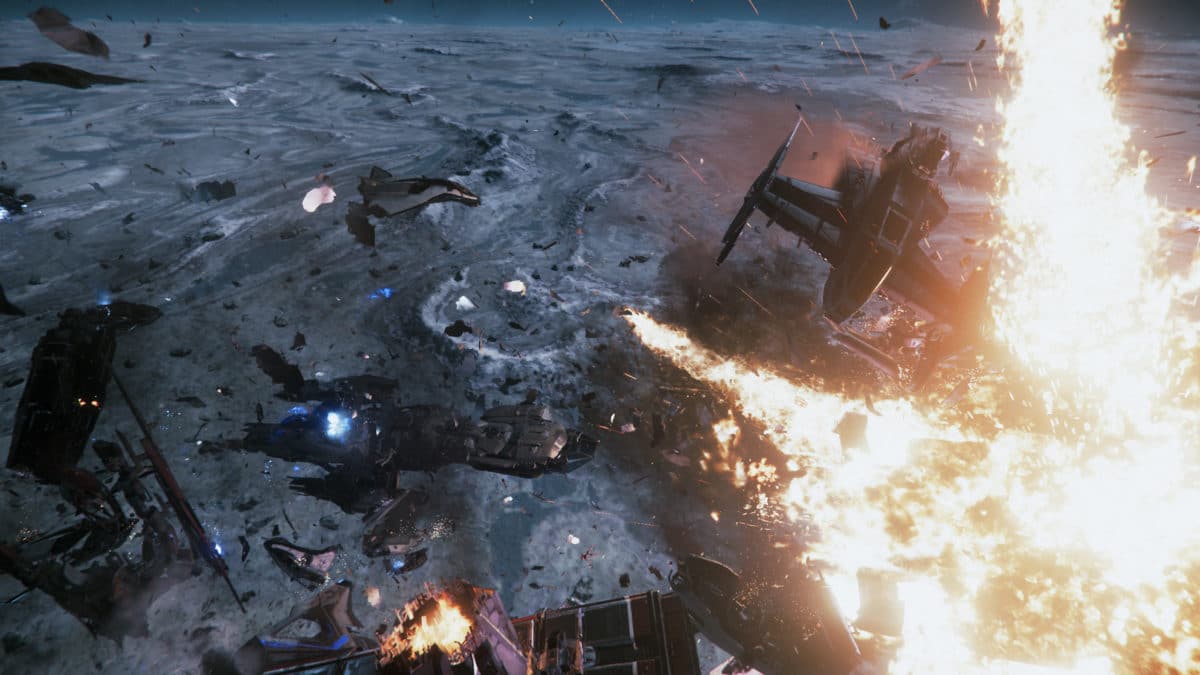
According to Roberts, the common ground on the subject and the understanding of what Star Citizen is are also present with the Calders, which is why he sees the sale of ten percent of Cloud Imperium Games as a reasonable investment. There is no loss of control, as he still holds a clear majority with 75 percent of the shares (Source: Confirmation Statement dated December 11, 2018). Nevertheless, there are voices that consider this to be a kind of precedent, the harbingers of a dam break that could at some point bury the independence of the entire project under the investors’ demands. Nip it in the bud, do you?
“If it [Red Dead Redemption 2] came out and didn’t have that extra level of polish, it would have been a disaster. They [Rockstar] took the time to make it right,“ Roberts explains to VentureBeat. „If you’re just trying to push it out to make a quarter, you end up doing a disservice to the product, to the brand. If you make sure you spend the time to get it right, that’s what burnishes it. I felt like, from the moment we were discussing this — yeah, Clive and Keith totally get this.” According to Roberts, there are like-minded people on board, not just investors who want to determine a course.
But is the financial plan for the next few years sufficient or will CIG have to bring more investors on board in the next few years?
What does CIG need to finance the next few years?
This is where we enter speculative territory. We asked ourselves what financial situation CIG would need in the next two years and how many copies of Squadron 42 would have to be sold in early 2021 to finance another two years of development of Star Citizen.
Please note that these are purely estimates based on the data of the last six years. Our aim here is to get an idea of what is needed to allow CIG to continue its course in the coming years.
Revenues CIG (2012 – 2022)
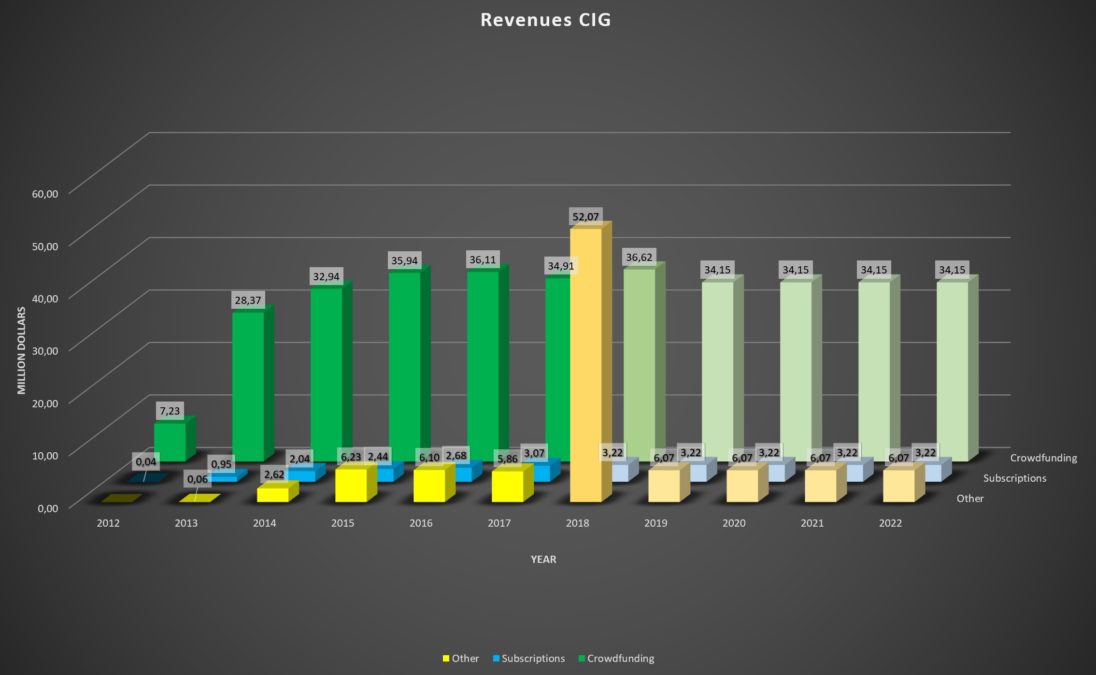
The data until 2017 show you the results of the financial report of CIG. For 2018 we expected a five percent increase in subscriptions and extracted the amount of crowdfunding funds from the Crowdfunding Development Spreadsheet version 2.0. The investment by the Calders is also included, but we don’t know if this investment is purely for marketing purposes and when or over what period of time the money will be paid.
For the period from 2019 onwards, we have used the average of the crowdfunding sum and other income (excluding external investments) from 2013 to 2018. Subscription revenues in our estimate remain equal to the assumed numbers for 2018.
Expenses CIG (2012 – 2022)
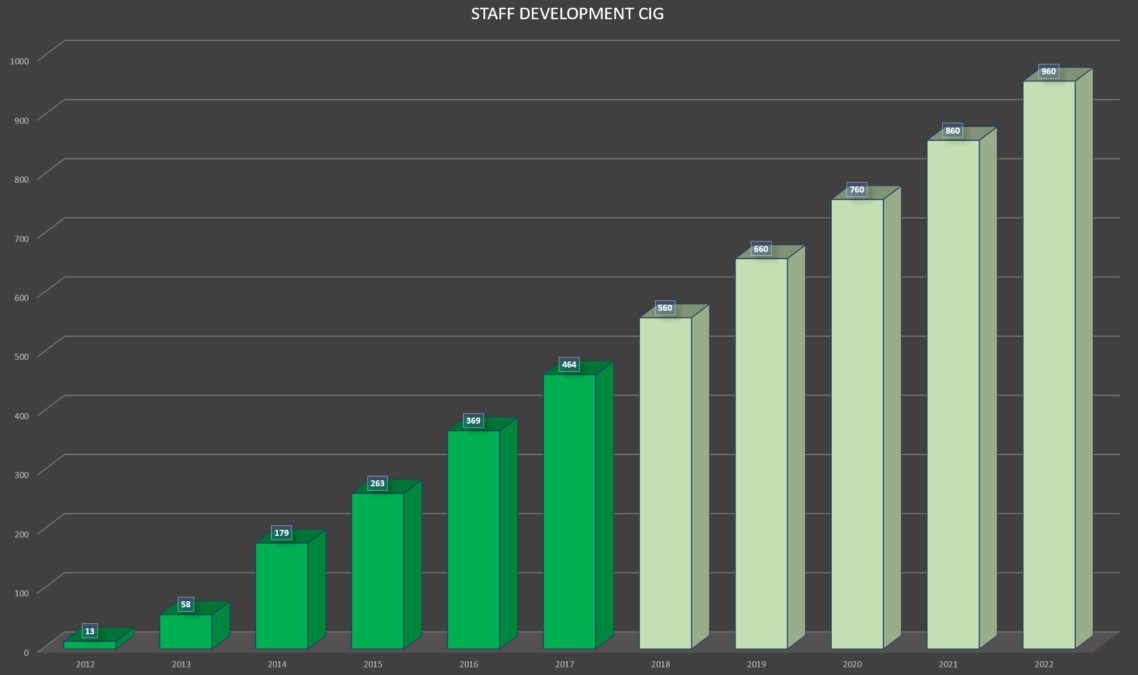
At the end of 2017 CIG had 464 employees. Currently there are more than 500, there is no exact number at present. Based on the staff development between 2014 and 2017, we are expecting the number of employees to increase by around 100 per year. As the next chart shows, expenditure increases significantly with the number of employees.
Please note that with the release of Squadron 42 (late 2020 or early 2021), the number of employees could theoretically decrease again, because all the foundations have been laid for the two subsequent parts and not as many employees are needed anymore. It is also possible that certain positions (e.g. artwork artists) are exchanged for others (e.g. AI or level designers). That would be a normal process in the industry. However, we do not expect that, because the MMO Star Citizen will eventually comprise 100 star systems – and a lot of developers are still needed to achieve this.
Ongoing Expenses CIG (2012 – 2022)
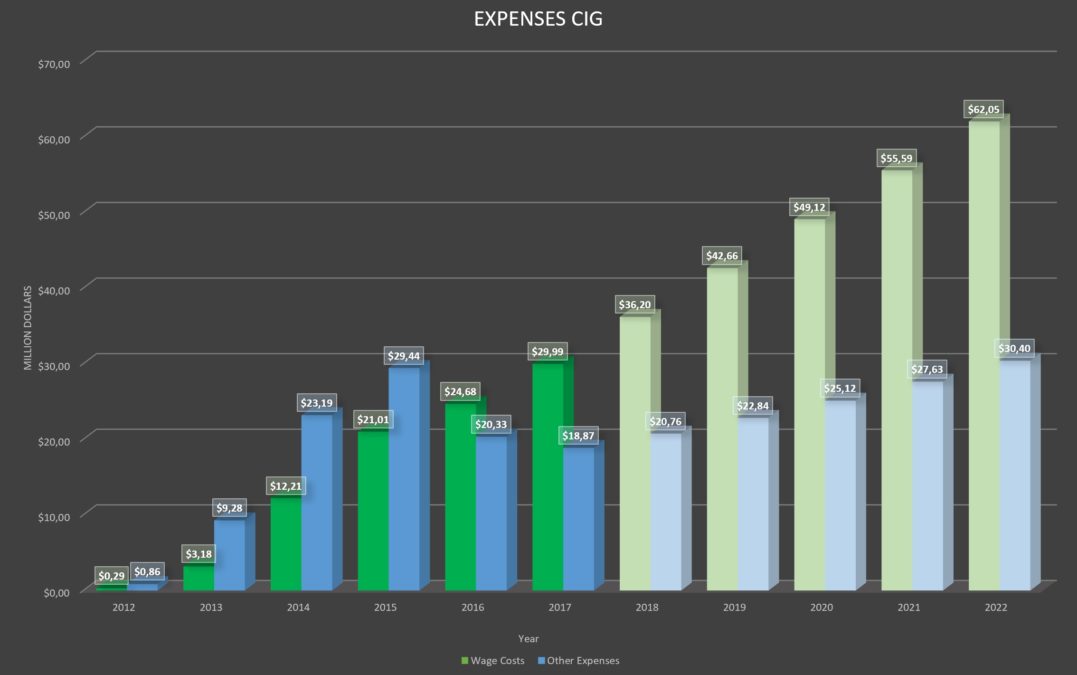
We have estimated the average wage costs for 2017. According to the financial report, CIG had 464 employees and therefore annual wages per person of 64,637.93 dollars. We have used this figure as a basis for subsequent years, but of course it will be subject to change. We simply took other costs from 2017 and estimated an increase of around ten percent per year. An average of the previous years (2013 – 2017) did not seem reasonable to us due to the greatly reduced costs due to significantly lower expenditure to third parties.
We justify the assumed increase in the coming years with the following statement from the financial report: „Clearly, there is a cost in delivering this substantial game to our community and whilst we carefully manage our server and deployment costs and develop technologies for increased efficiencies, this cost will increase as we deliver to more and more players. The engagement with our community is also, of course, a direct consequence of our open development ethos, which has taken us to where we are today, and our events are growing in size and attendance. Consequently, it is not surprising that costs in this entire cost category [Publishing Operations, Community, Events and Marketing] are rising, climbing to $7.1M globally by 2017 and are likely to continue in that direction as we prepare for releases.“
Financial forecast Star Citizen and Squadron 42 until 2020
So, if CIG’s financial performance continues in the direction we forecast and there are no significant decreases in fan support, CIG is expected to have raised more than $386 million (including investments) by the end of 2020 (and thus the release date for Squadron 42 currently targeted by CIG).
While they will continue to hire around 100 people per year and expand their marketing efforts, costs will rise to $390 million by then. This results in a loss of about four million dollars on the release of Squadron 42 – if everything goes according to plan. This figure would also fit in with the “hard” facts presented in the financial report so far.
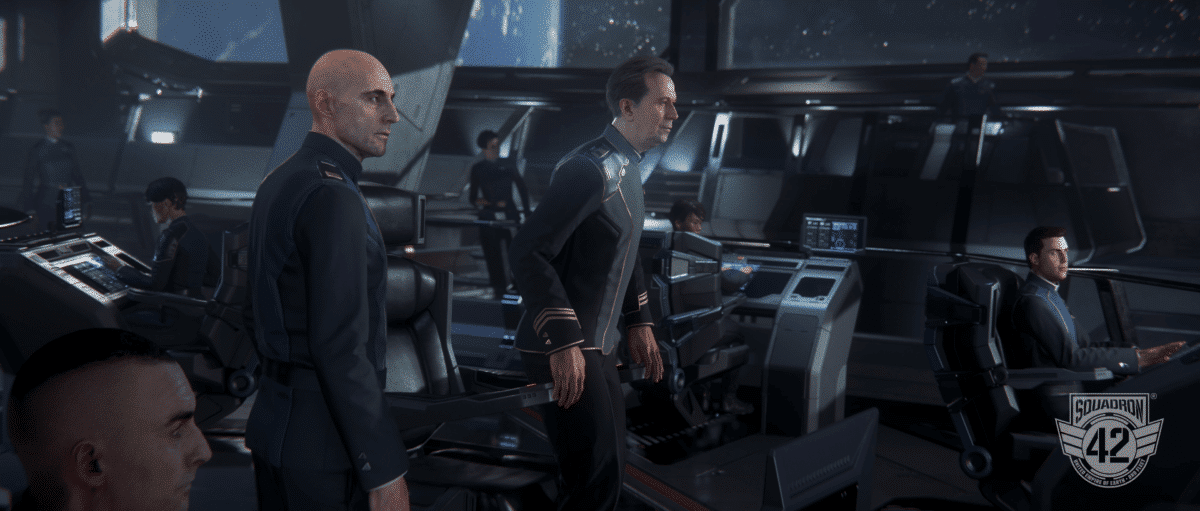
Our data for the coming years are calculated rather conservatively. The Hurston effect (the strongly increasing willingness to support because of impressive new content) should provide positive signals several times in 2019, solely through the planets ArcCorp and MicroTech, as well as various new professions. Also a new demo or a high-quality trailer for Squadron 42 is likely to provide a boost in funding at the end of 2019. In addition, CIG could sign further cooperations (e.g. with hardware manufacturers). In the course of 2020 and during the polishing phase of Squadron 42, the marketing machinery should run much faster and the multiplier effect of widespread advertising for Squadron 42 should have a significant impact on funding and pre-sales. This is not included in our forecast either, nor is the (theoretically) faster delivery of content for the Star Citizen Alpha due to the steadily increasing number of employees.
While it looks good for the completion of Squadron 42 according to plan, it also becomes clear that the single player campaign is and must be CIG’s main goal. This will show how good the developed technologies are and how much fun the player can expect. If Squadron 42 becomes a success, then the developer studio, which is currently valued at around 500 million dollars, will be able to find itself on par with the current big studios and publishers.
That’s what Roberts is aiming for: An independent development studio that operates at top financial and quality levels and can take its time to develop groundbreaking games.
Whether CIG will be able to do this remains to be seen over the next two years along the roadmap for Squadron 42. AI development in particular is the focus here because it is very tricky and – if we get Roberts’ statements in AtV on the subject right – will be a real challenge for the team. In any case, the current AI in Star Citizen’s Alpha is still miles away from what CIG promised and the supporters wish for.
Squadron 42: Condemned to be successful?
Finally, let’s spin our speculations a bit further, since we have extended our coffee cup reading until 2022. What interests us is a reasonably realistic estimate of how many copies of Squadron 42 will have to be sold in early 2021 to cover the entire development of Star Citizen for another two years, provided that CIG generates absolutely no further revenues from 2021 onwards, but costs continue to rise. By the way, the amount earned would be net profit, as the development had already been completely financed by then.
We have estimated the total cost for 2021 and 2022 to be just over $155 million. Based on the current price of $53.55 for Squadron 42, CIG would have to sell 2.9 million copies at release to cover their costs until the end of 2022.
For comparison: Destiny sold 4.47 million copies on PlayStation 4 alone in 2014 (within just under four months of release; Source: Statista). Now Squadron 42 (probably) will only be available for the PC, which significantly limits its reach. But Destiny, as already mentioned, was a completely new IP and – if we subtract the massive marketing budget – at least thematically a reasonably good clue for the possibilities Squadron 42 could have.
Is Squadron 42 coming for PlayStation and Xbox?
Apart from that, however, crowdfunding also continues and should flush more money into CIGs pockets. Subscribers and new sources of money (e.g. further cooperations), which CIG opens up during this time, come on top. In addition, the developers have the option of further monetarizations through cosmetic items in Star Citizen.
The Hack & Slay Path of Exile, for example, has been financed exclusively through optional microtransactions for many years. In this area in particular, we see tremendous financial potential when we look beyond the individualization of player characters through accessories and clothing to possible cosmetic options for spaceships, housing and hangars.
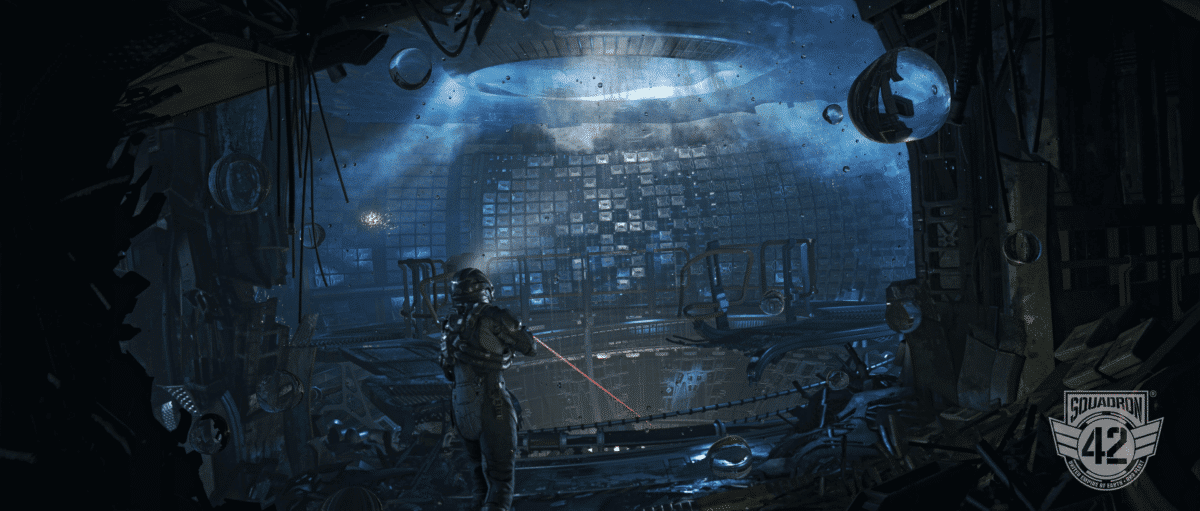
And finally, there’s something else: console ports. We’re pretty sure that there will be ports of Squadron 42 for PlayStation and Xbox, because it doesn’t make any sense to just go for the PC. Yes, Roberts promised that Squadron 42 would be a PC game. And it is: the campaign is built primarily for PC.
But there’s nothing wrong with porting from a PC version to the consoles as long as the scope and quality of the original is not affected. This would multiply the reach of Squadron 42 considerably. If the performance of current consoles is not sufficient, a console release for the PlayStation 5 and the new Xbox generation could also be possible.
Conclusion: CIG’s success lies currently in their own hands
In this article we have examined the realistic viability of the developer studio over the next four years based on the CIG financial report of the last six years. Although the figures are estimates of course, it is quite clear that the business model appears to be quite robust. External investments can also be a good sign of a company’s economic health.
Apart from that, of course a lot depends on whether CIG continues to deliver. In any case, 2018 was a year in which they delivered a lot: Object container streaming and other technological breakthroughs not only brought a significantly improved performance to the game, but also the expansion of the game universe thanks to the planet Hurston and its four moons were implemented as planned (apart from a small delay).
The mining profession was also well received by the supporters. At the same time, we need to remember that the plan for 2018 actually included much more content: ArcCorp should have come as well, plus professions like salvaging, refueling and more. All this has been postponed until next year.
If CIG achieves most of its goals next year too, and really reports Squadron 42 as “feature-complete” towards the end of 2019 (or at least will be close to it), then the perspectives for the studio’s future will improve considerably. However, significant setbacks can also occur: If the AI continues to prove problematic or other important things don’t work out, there might be additional postponements or maybe even some features get cancelled.
It remains to be seen how the supporters will react to this. 2018 was the most successful year in CIG’s development history – and it’s now six years old without a final release. However, compared to other major titles, CIG is still well in time: The top game of 2018, Red Dead Redemption 2, was in development for a good eight years and could rely on an already existing studio structure (a total of nine studios were involved in the development).
The supporters obviously believe in Roberts’ vision and are willing to wait even longer. If there will be broad marketing on this basis, there is in our view, and given the information currently available to us, no reason to believe that CIG won’t achieve its goals.
No related articles found.

